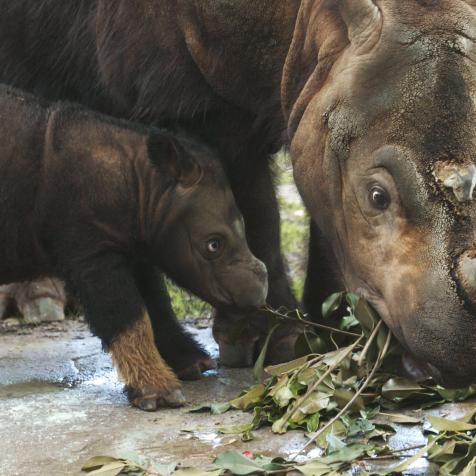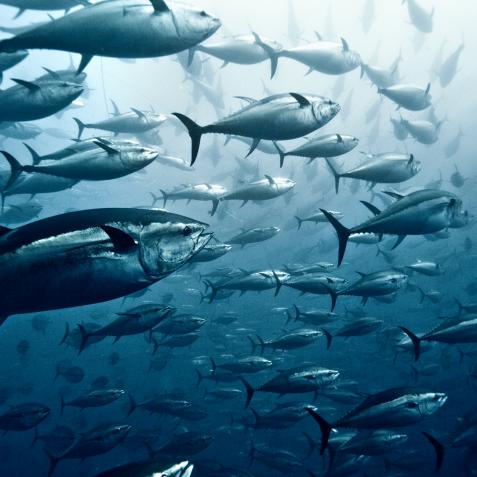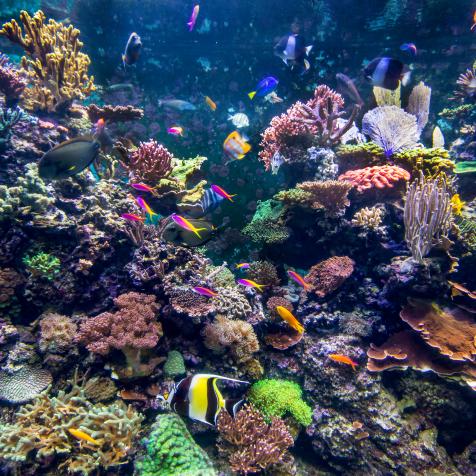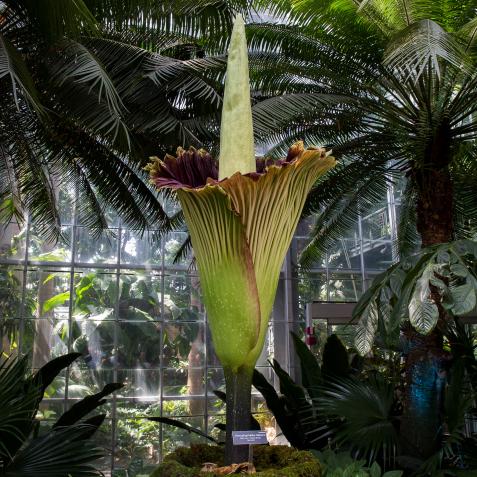
Ian Shive
It's Baby Season at Santa Barbara Wildlife Care Network

It’s easy to think of a wildlife photographer on assignment and picture the epic and exotic moments of migrations on the African Serengeti, bison standing tall on the grasslands of Yellowstone National Park or millions of migrating snow geese moving from the arctic to their winter roost thousands of miles south, but there is an equally incredible story taking place right in every backyard.
Backyard wildlife is what we know best and what our everyday lives are part of. Opossums, raccoons, songbirds, hummingbirds, even weasels and pelicans are part of our lives, especially here in Southern California. As a photographer interested in the wild moments in every backyard, it’s those animals close to home that represent the immediate opportunity, but they often don’t get a fair shake from the public with people being afraid of opossums, nicknaming the raccoon a “trash panda” or by not considering the impacts we have when we modify the environment around us.

When you cut a tree in your backyard, you destroy habitat for a myriad of species, when poisons are put out for rodent control, other animals could eat it, including household pets, but animals that eat rodents will also inadvertently end up consuming the poison, such as owls. Our impacts are numerous, but I’m thankful there is a group of people working in Santa Barbara, California, to help rehabilitate these animals so they get a second chance in the wild.

Ian Shive
While spending time documenting the Santa Barbara Wildlife Care Network, I was amazed at the diversity of species that come through their doors, especially during the epic spring birthing season, or as Executive Director Ariana Katovitch calls it “baby season.” Over 60 animals a day come through in need of help, ranging from western screech owls to the long tailed weasel. Even the small, common bluebird will get treatment from their talented vet staff, including Dr. Avery Berkowitz, DVM. No animal or effort is too small!
Rehabilitating Baby Animals in Santa Barbara 10 Photos
Santa Barbara Wildlife Care Network is a nonprofit, volunteer-driven organization that rescues and rehabilitates injured and orphaned wildlife, including birds, reptiles, and small mammals in Santa Barbara County.Nature photographer and conservationist Ian Shive got up close and personal with all of the cute baby animals during their rehabilitation.
Seeing their important work gives me hope for backyard habitats, especially in urban areas, where construction and growth seem endless. These animals may be wild, but as less and less of their home habitat exist, this facility gives them a chance to find their way back for a second chance.
For more information visit https://www.sbwcn.org/.



















